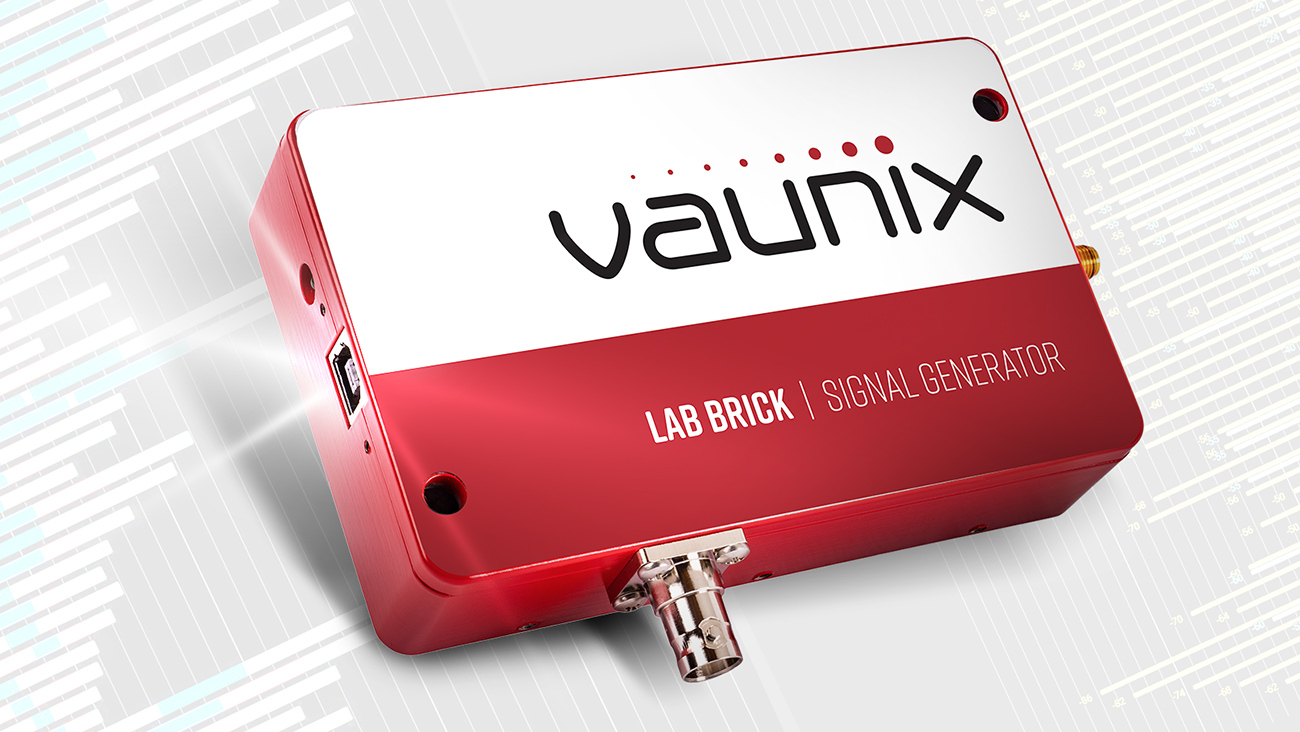Top 3 Features to Look for in a RF/Microwave Programmable Digital Signal Generator

A robust test bench is an essential element to any team conducting daily RF device and assembly prototyping, characterization, and calibration. And among the most common instruments you’ll find on benches everywhere, from component and subsystem manufacturers to antenna system integrators and cellular network providers, is a signal generator. But when budgets are tight, engineers and test techs are often urged to “buy only what they really need.” The dilemma presented is then a decision over the number of pieces of new equipment they need vs. the feature set of their finished test stand. The complexities of this decision are further compounded in companies developing radar and wireless network systems that involve multiple and complex signal paths that require distinct signal sources. These test stands require a greater number of wireless signals and necessitate a modular capability that can readily adapt to evolving standards and changing frequency bands to meet the latest applications, such as 5G MIMO
An evolving method of cost control for all companies encountering these challenges is buying wireless test devices that are more application-specific, portable, and self-programmable vs. feature-rich, preprogrammed, and costly benchtop equipment. This 2-part blog series will help you gain an understanding of the features and flexibility to look for in a self-programmable signal generator so you can align your desired outcomes with the total budget you have for your bench.
Frequency Range
A signal generator’s frequency range of operation is the key factor in a buy decision—and it is also the reason why most companies overpay for their test equipment. To get the range of frequency they need, let’s say 6 to 16 GHz, test teams have had to purchase one ultra-wideband instrument. As a result, they end up with a signal generator that might fully operate from kHz to 20, 30, or even 50 GHz or more. In other words, a company pays for unneeded operating frequency and signal refinement capability that was costly to develop, and thus costly to acquire.
The alternative to this is to take a modular, self-programmable approach and buy only the bands (and features within those bands) you need. Vaunix has assembled a suite of modular solutions that allows you to pick and choose the exact frequency band you need and analyze the features needed at each band.
Phase Noise
Phase noise is a critical specification for signal generators for the latest radar and wireless systems, as the complex modulations and digital techniques used by these systems are sensitive to phase error. Though it is considered straightforward, measuring and describing the phase noise performance of a signal generator is anything but simple. The phase noise performance for a given signal generator depends on many factors, such as power level, carrier frequency, measurement technique, and reference frequency from the carrier. Therefore, a phase noise performance figure given at specific levels may be inappropriate in describing the phase noise performance at the levels for a given application. This problem is compounded as many signal generator manufacturers advertise the “best-case” phase noise performance for their signal generators, which is often at the lower frequency regimes, and may only be for a specific model option.
The phase noise performance of a signal generator depends on the oscillator technology and frequency synthesis circuitry. Typically, the cost of better performing frequency synthesis technology becomes exponentially more with improving performance. Moreover, the phase noise of a signal generator is only a limiting factor for some applications and opting for the few extra dBc/Hz of phase noise beyond what is needed may substantially increase the cost of the equipment. Lab Brick’s Signal Generators offer solid phase noise performance comparable to much more expensive bench-top signal generators.
Frequency Resolution
Frequency resolution determines the frequencies at which a signal generator can be programmed. Some applications may require signals at very precise frequencies, and the difference between a few hertz, or even millihertz, may be critical. But for most applications, frequency resolution of a few hundred hertz, or even kilohertz, is more than adequate. Most wireless standards are designated at starting and ending frequencies in the megahertz, and only occasionally in the hundreds of kilohertz.
Having greater frequency resolution for a signal generator requires more substantial and expensive tuning and control circuitry. If frequency resolution below 100 Hz isn’t essential for an application, a Lab Brick Signal Generator is one of the lowest-cost and highest-performance solutions available.
Vaunix offers a wide variety of Lab Brick Signal Generators that cover select frequency bands. This enables an engineer to purchase a signal generator that is designed, and specified, to better fit the frequencies they need.
Learn more by downloading our Tech Brief "10 Signal Generator Features You’re Probably Paying Too Much For" and by reviewing our complete line of RF/Microwave USB-programmable Digital Signal Generators.



